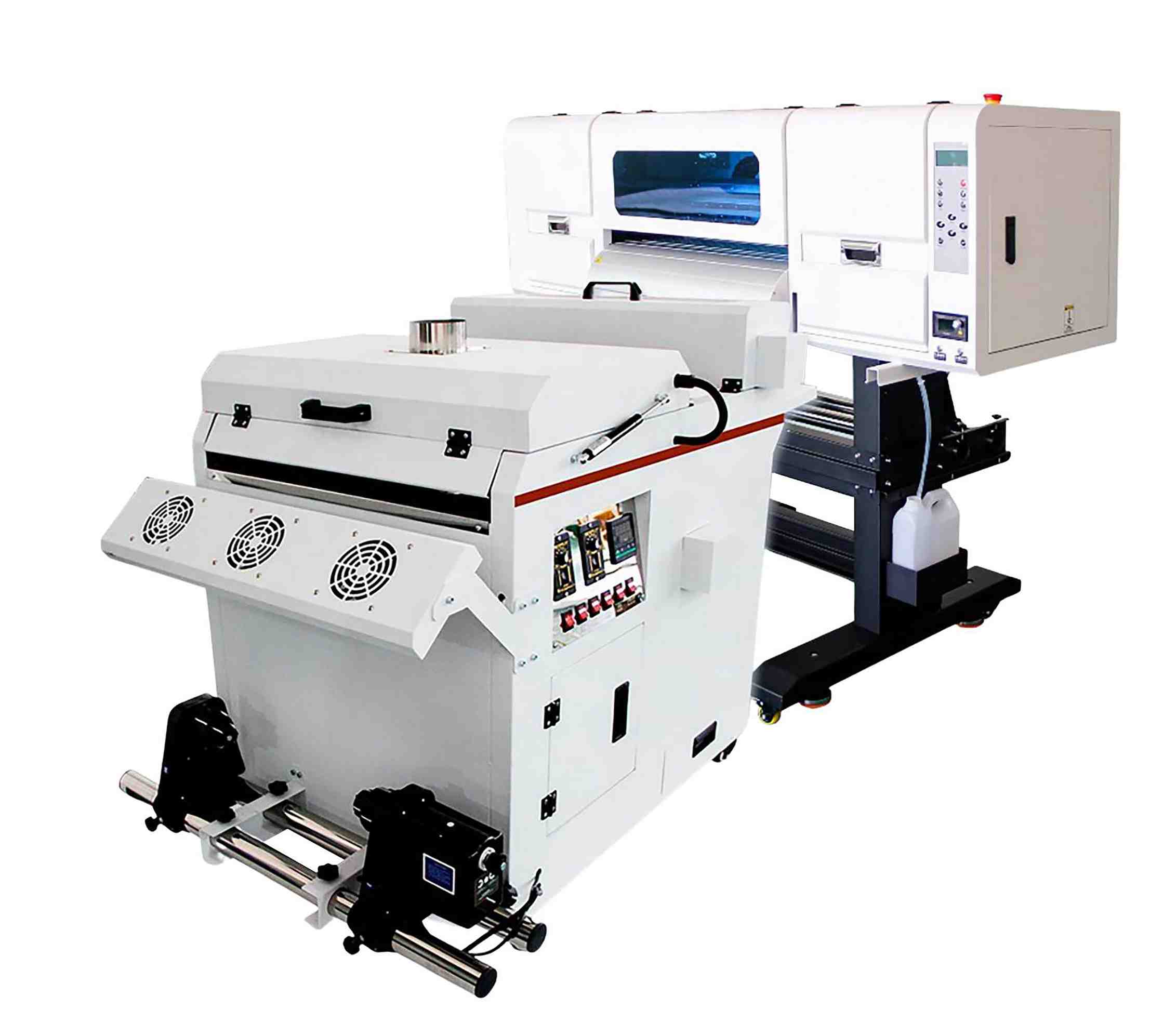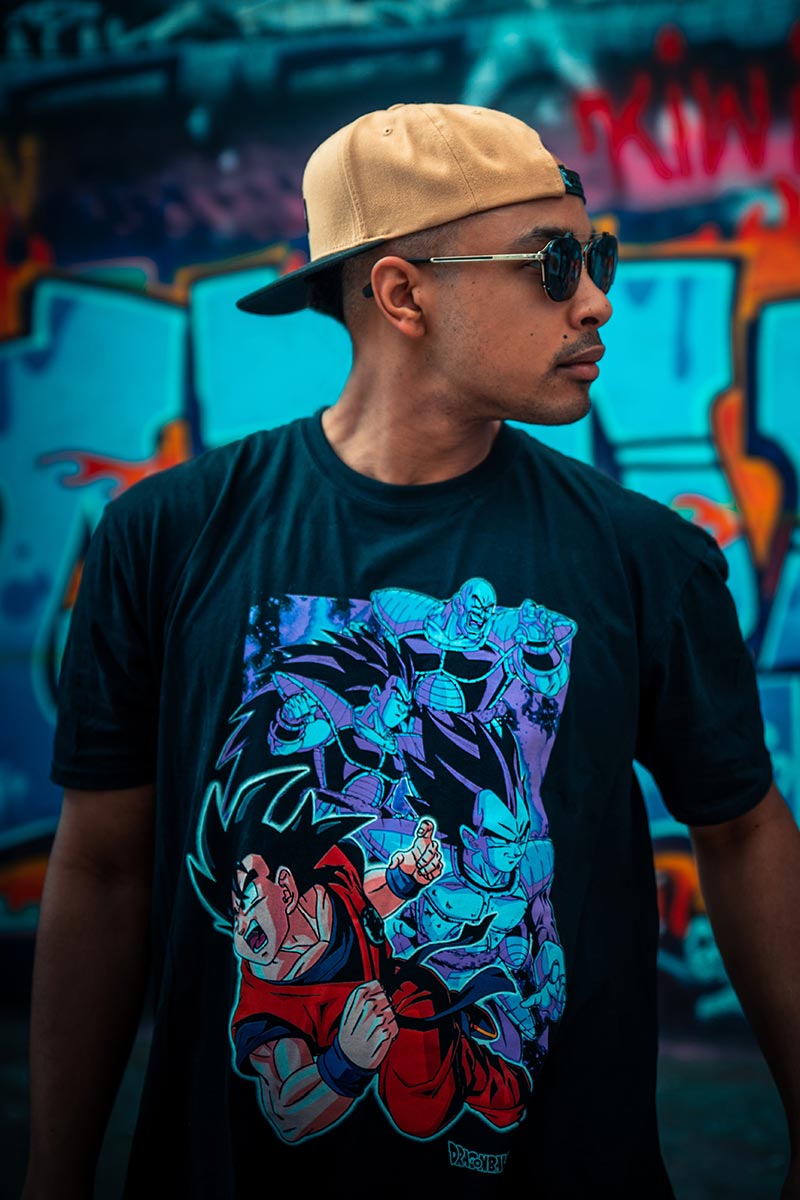Innovative DTF Printing Solutions: Boost Your Apparel with Direct-to-Film Modern Technology
Innovative DTF Printing Solutions: Boost Your Apparel with Direct-to-Film Modern Technology
Blog Article
The Future of Style: Discovering DTF Printing Innovation in the Fabric Market
Amongst these innovations, Straight to Movie (DTF) printing modern technology has actually arised as a promising challenger, supplying unique capabilities and opportunities for designers and makers alike. This advanced printing technique has actually triggered interest due to its potential to transform conventional textile printing procedures.
Development of Textile Printing
Throughout history, the advancement of fabric printing has actually been a testament to the ingenious developments in this intricate art type. From the ancient worlds making use of methods like block printing to the digital transformation these days, textile printing has actually constantly pushed boundaries. The beginnings of textile printing can be traced back to China around 220 ADVERTISEMENT, with making use of wooden blocks to publish on silk materials. As the craft spread to various other components of the globe, new methods such as display printing and roller printing arised throughout the Industrial Revolution, reinventing the fabric sector - DTF Printing.
The introduction of electronic fabric printing in the late 20th century noted a significant shift in the direction of more flexible and lasting printing methods. The development of fabric printing showcases an abundant background of imagination, resourcefulness, and technical progress in the globe of fashion and design.
Benefits of DTF Innovation
With the development of fabric printing strategies from ancient approaches like block printing to contemporary technologies such as digital printing, the introduction of Direct-to-Fabric (DTF) innovation has actually considerably boosted the performance and sustainability of fabric printing procedures. Among the main advantages of DTF technology is its capacity to straight publish layouts onto material without the demand for transfer papers, which decreases waste and streamlines the production process. In addition, DTF printing permits better color vibrancy and detail accuracy contrasted to traditional approaches, making it possible for textile producers to develop intricate and top notch designs effortlessly.
Moreover, DTF innovation is known for its convenience, as it can be used on various sorts of textiles, consisting of natural fibers like cotton, silk, and wool, in addition to artificial materials such as polyester and nylon (DTF Printing). This versatility opens up a large range of possibilities for producers and developers to explore different structures and materials, leading to even more innovative and unique products in the garment industry. Overall, the implementation of DTF innovation stands for a substantial improvement in fabric printing, supplying numerous advantages that add to the future sustainability and creative thinking of the market
Sustainability in vogue Production
Emphasizing environmentally friendly techniques is critical in modern style manufacturing, lining up with the expanding customer demand for lasting products. Recently, the fashion sector has encountered boosting scrutiny due to its substantial environmental impact, including excessive water usage, chemical contamination, and fabric waste. As an action, numerous fashion brands are currently incorporating sustainable methods into their production processes to lessen injury to the atmosphere.
Sustainability in fashion production incorporates various elements, such as using recycled and natural products, decreasing energy usage, executing ethical labor methods, and advertising openness throughout the supply chain. Furthermore, developments in technology, like DTF printing, offer possibilities to additionally boost sustainability in textile manufacturing. This technology allows specific printing on textiles, lowering ink wastage and water use contrasted to traditional printing techniques.
Layout Flexibility and Modification

In addition, DTF printing assists in personalization on a range formerly unattainable, permitting customized apparel and one-of-a-kind pieces customized to specific choices. Customers can currently proactively join the see it here design process, developing garments that mirror their style and character. This personalization not only improves the consumer experience however additionally advertises a feeling of exclusivity and uniqueness in a market filled with mass-produced garments. Overall, DTF printing innovation transforms the layout landscape in the textile market, supplying unlimited opportunities for imaginative expression and customized style.
Influence On Supply Chain & Market Trends
DTF printing technology in the fabric market is reshaping supply chain dynamics and affecting market fads via its efficiency and personalization abilities. By allowing on-demand printing and removing the demand for large inventories, DTF technology streamlines the supply chain process.
Moreover, the modification potential of DTF printing innovation is transforming the market fads in the fabric sector. Consumers significantly look for personalized and one-of-a-kind items, and DTF permits brand names to provide bespoke designs cost-effectively. This personalization capability not just boosts consumer contentment yet additionally opens new chances for services to provide to specific niche markets and distinguish themselves from competitors. Because of this, DTF modern technology is driving a shift in the direction of more customer-centric and cutting-edge approaches within the fabric sector, shaping the future of fashion.

Final Thought
In conclusion, DTF printing modern technology is reinventing the fabric industry by supplying numerous benefits such as style modification, sustainability, and liberty. This innovative modern technology is reshaping the future of style manufacturing, influencing supply chains, and driving market trends towards a lot more eco-friendly and efficient practices. As the sector continues to develop, pop over to this site DTF printing will certainly play a critical duty in shaping the means fabrics are produced and consumed in the years to find.
From the old civilizations making use of techniques like block printing to the digital revolution of today, textile printing has actually continuously pushed borders. As the craft spread to other components of the world, new approaches such as display printing and roller printing arised throughout the Industrial Revolution, reinventing the fabric sector.
The introduction of electronic textile printing in the late 20th century noted a significant change towards more functional and sustainable printing methods.With the advancement of fabric printing techniques from old approaches like block printing to modern-day advancements such as digital printing, the intro of Direct-to-Fabric (DTF) modern technology has actually significantly enhanced the effectiveness and sustainability of textile printing processes (DTF Printing).In response to the important change in the direction of sustainability in fashion production, the adoption of innovative innovations like DTF printing not just addresses environmental concerns however likewise opens up avenues for exceptional layout flexibility and customization in the textile market
Report this page